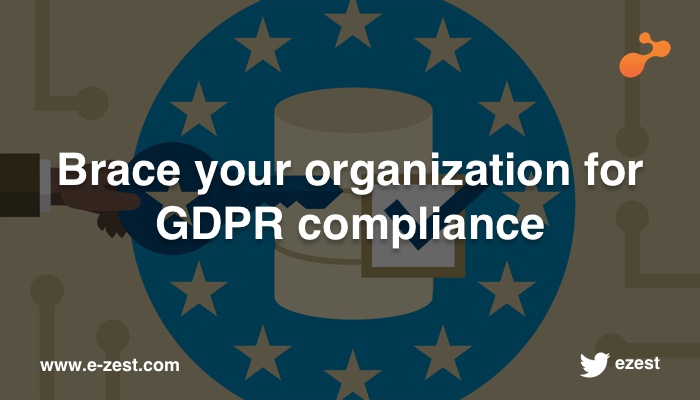For healthcare IT to function properly, it is very important that healthcare entities are certain about the patient data being referred while treating the patient. In my last post we have seen various issues that result in poor or mismanaged patient data. In this post we will talk about various strategies for the patient data matching.
It is no secret that healthcare IT is vastly dependent on the patient data quality and reliability that is being transferred from one healthcare entity to other. It can be from hospital to hospital, laboratory to hospital or physician to hospital or transmission between any other healthcare entities. Health record matching for patients is the key here. Positive-false and negative-false match have their own implications on the treatment quality. Having established the importance of the patient data matching, let's move to the main topic of the blog.
There are various ways available for patient data matching. Here are a few.
The first one is straight forward where health information management (HIM) professionals match data manually. However, this approach is not scalable and is already falling short as health information exchanges (HIE) are playing a central role in patient records.
Next strategy is to create a unique patient identifier (UPI) by a national authority. This sounds like an easy solution, however the contentions over privacy leads us to ineffective argument favouring this. HIE wants to control the UPI and since there are many HIEs, operating the real UPI couldn't be formed for practical use. Though, this has actually helped a bit in moving forward in patient matching.
The evolved strategy is inclined towards using algorithms for patient data matching. The United States Postal Service (USPS) address definitions and the Council for Affordable Quality Healthcare (CAQH) and Uniform Hospital Discharge Data Set definitions provide unambiguous foundation to start patient data matching. Starting with these standardized data sets and adding other standardized data elements, a sound system for algorithm matching can be prepared. And as we move towards using more and more standardized data sets, the need for inputting primary attributes will go down which will reduce the false matching of patient data.
Depending on the sophistication of algorithms, the predictability of the matching can be improved. It goes without saying that sharp minds would be required to create these advanced set of algorithms that would be able to predict a right match to a very high degree for effective healthcare treatment. Big data, statistical analysis, machine learning and cloud computing is going to play a very vital role in this kind of patient matching.

.jpg)








